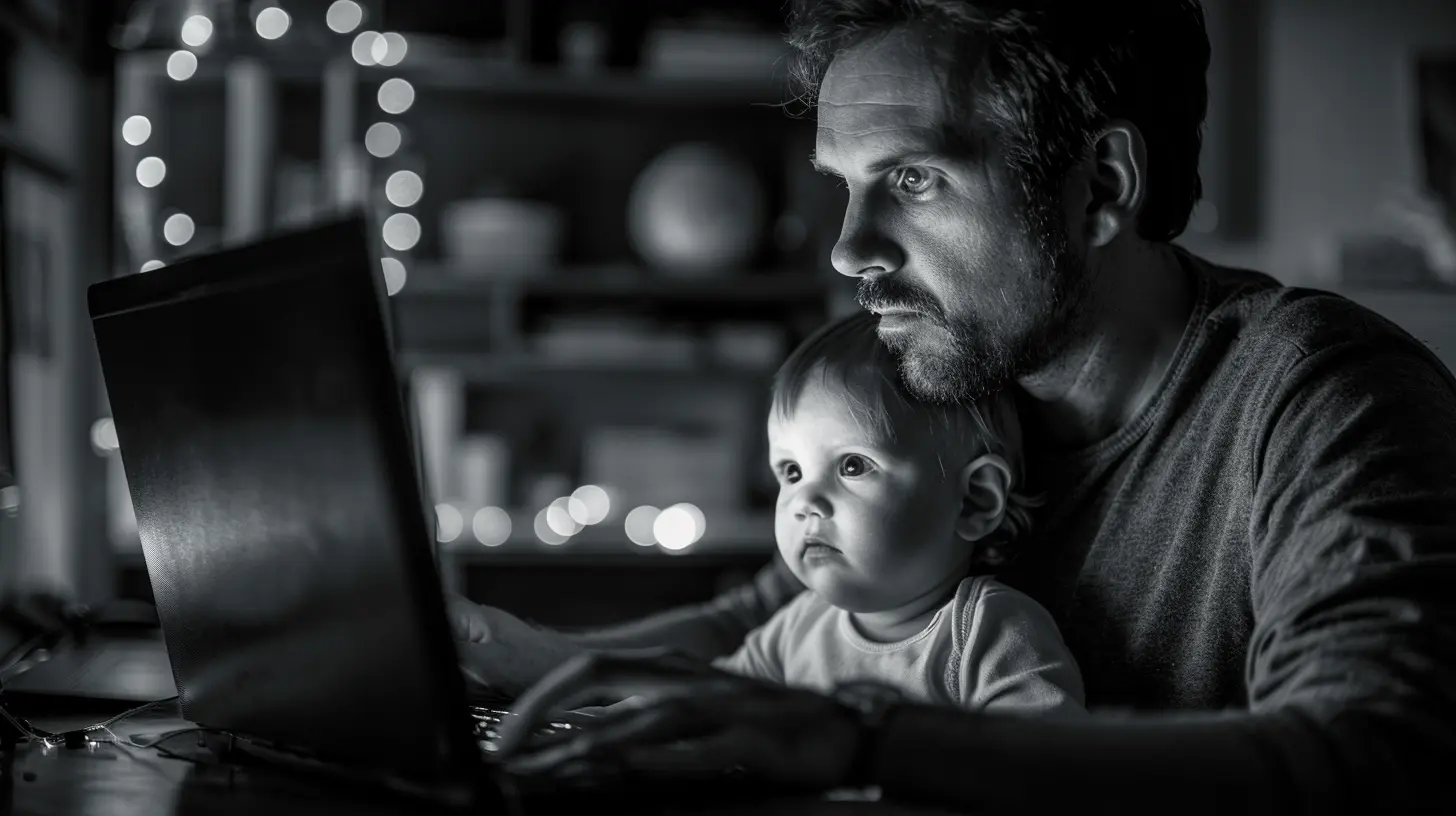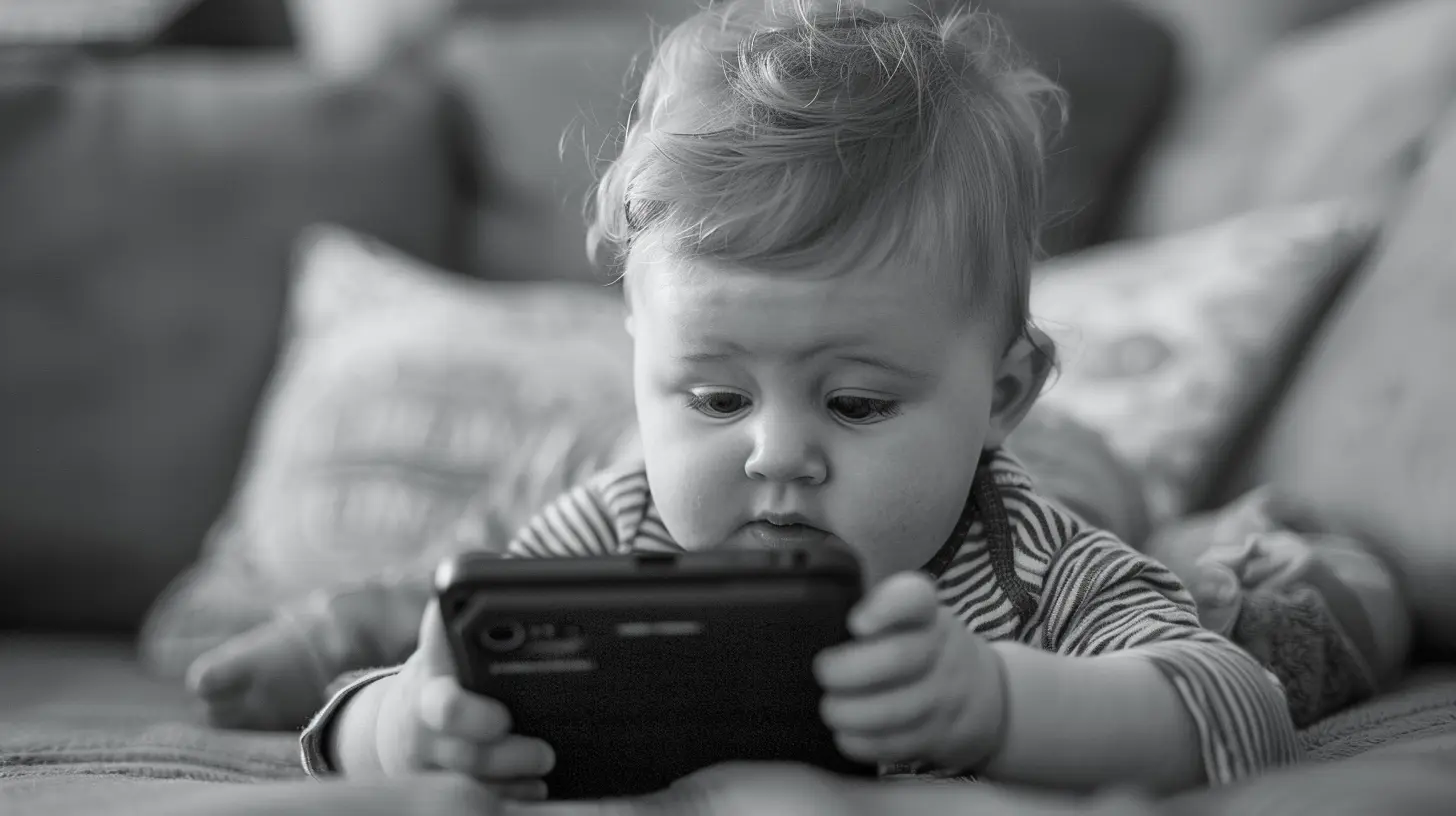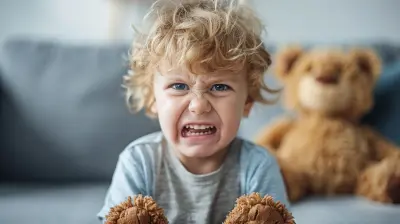11 March 2025
Fatherhood in today’s world is vastly different than it was years ago. Sure, there are still the age-old worries—are they eating enough vegetables, did they finish their homework—but now, there’s a whole new realm to worry about: the online world. The internet can be an amazing place, but let’s face it, as a dad in the digital age, keeping your kids safe online has become one of the biggest challenges. So, how do you manage it all without pulling out your hair? Well, you’re in the right place. In this post, we’ll dive deep into the realities of protecting your kids in the online space, creating a safe digital environment for their growth, and how you, as a father, can stay one step ahead.

The Digital Age Dilemma
Let’s be real here: the digital world is both a blessing and a curse. On the one hand, you’ve got access to a universe of information, education, and entertainment—all at your kids' fingertips. On the other hand, there’s a darker side: cyberbullying, inappropriate content, and online predators, just to name a few. And it's not just about having a flashy gadget to brag about at school anymore; these devices have become integral parts of our lives. As a dad, you walk the tightrope of giving your kids the freedom to explore but also placing limits to protect them. It’s like playing a never-ending game of whack-a-mole, right?The Evolution of Parenting in a Tech-Driven World
Think about it: your parents didn't have to deal with half of the stuff you do now when it comes to technology and online safety. The worst they had to worry about was how many hours you watched TV. Now? The list is endless—social media, gaming platforms, streaming sites, apps you’ve never even heard of (and probably wish you hadn’t). What’s more, the digital space evolves so fast that, as a dad, it can feel impossible to keep up. But here’s the thing: you don’t have to be a tech wizard to be a great dad. You just need to have a plan, some basic digital literacy, and a dose of good ol' fashioned common sense.
Understanding the Risks in the Online World
What exactly is lurking in the digital shadows? Before you can protect your kids online, you need to understand the type of risks they might encounter. Here's a closer look:1. Cyberbullying
Unfortunately, bullying has left the playground and entered the online world. Cyberbullying can happen on social media, gaming platforms, or even through messaging apps. As a dad, it’s important to recognize the signs of cyberbullying and talk to your kids about how they feel after using these platforms.2. Inappropriate Content
The internet is like a garage sale—you never really know what you’re going to find. Unfortunately, some of those 'finds' aren’t suitable for children. Whether it’s violent imagery, explicit content, or even misinformation, there’s a lot out there that just isn't appropriate for young minds. Without proper filtering methods, your child could stumble upon something you’d rather they didn’t.3. Online Predators
The thought of online predators is terrifying. These are individuals who try to gain the trust of children through social media, gaming platforms, and chat rooms. They may pretend to be someone they're not to exploit or harm. It’s another reason why monitoring your child’s online interactions is so important.4. Privacy Issues
Did you know that kids can easily give away personal information without even realizing it? Whether it’s entering their name in a random form or sharing their location in a social post, the risks to their privacy are very real. This type of data can be used for identity theft or worse.
Being Proactive: What You Can Do as a Father
So, what’s a dad to do? You can’t bubble-wrap your kids and keep them offline forever, but you can take steps to mitigate the risks. It’s like teaching them to ride a bike—you let them go, but with training wheels and a helmet. Let’s break it down further.1. Have Open and Honest Conversations
Talking with your kids about the internet shouldn't feel like an interrogation—it’s a learning opportunity for both of you. Ask questions like, “What sites do your friends visit?” or “What’s your favorite app?” Introduce topics about safety, privacy, and responsibility, just like you would with any other kind of life skill. And the earlier you start these conversations, the better.2. Set Clear Boundaries and Guidelines
Just like you have a curfew or limits on screen time, there should be online boundaries as well. Create family rules about when and how devices can be used. Common guidelines might include no devices in bedrooms at night or requiring permission before downloading any new apps.3. Utilize Parental Control Software
Think of parental controls as the modern-day equivalent of baby gates. These tools can filter out inappropriate content, track the amount of time spent on different apps, and even monitor what your kids are viewing. Many devices and apps come with built-in parental controls, but you can also explore third-party software for more robust options.4. Teach Them to Recognize Red Flags
Kids don't always recognize danger when it’s staring them in the face. That’s especially true online. Teach your children to be wary of unsolicited messages, friend requests from people they don’t know, or odd behavior from someone they thought they knew. Encourage them to come to you if anything makes them feel uncomfortable.5. Be a Role Model
Let’s not sugarcoat this: your kids learn from you. If you're constantly glued to your phone, they’re likely going to follow suit. Show them how to balance screen time with outdoor activities, family time, and other non-digital interests.
Navigating Social Media: The Wild West of the Internet
Social media—oh boy. The double-edged sword of the internet. These platforms can be great for sharing memories and connecting with friends, but they also come with a host of concerns for young users. It’s basically like letting your kids loose in the Wild West.1. Discuss the 'Highlight Reel' Illusion
Not everything on social media is real. It’s important that your kids understand that what people post is often just the highlights of their lives, not reality. Comparing themselves to others online can lead to self-esteem issues and unrealistic expectations.2. Privacy Settings Are Your Friend
Every social media platform has privacy settings—use them! Ensure that your child’s account is set to private and that they’re only sharing content with people they know in real life. Regularly review their friends or followers list.3. Limitage by Age
Most social media platforms have a minimum age for creating an account, typically 13 years old. Stick to these guidelines, but even if your child is 13 or older, it’s still a good idea to monitor their social media activity closely.4. Be Present but Not Overbearing
Social media is part of their world, but it’s important that you don’t turn into a helicopter parent. Follow them, but respect their space. You want to strike a balance where they feel comfortable enough to come to you if something goes wrong.Gaming Platforms and Online Interaction
If your kids love gaming—and let’s be honest, most do—there’s another avenue to consider for online safety. Many games today come with multiplayer modes, which means kids could be interacting with people from all over the world.1. Check the Game Ratings
If your child is into gaming, make sure to check the game’s rating. Some games may include violence, mature language, or even chat rooms that aren’t suited for kids.2. Use Voice Chat Carefully
While online games can be a great way to make friends, voice chats can also be a place where bullying or inappropriate conversations occur. If your child uses voice chat, talk to them about what’s appropriate to say and how to report any bad behavior.3. Set Time Limits
Gaming addiction is real. Make sure gaming is just one part of their day, not the whole day. Use settings on consoles or apps to help manage the amount of time they’re playing.Staying One Step Ahead
The digital world will keep evolving, and so will the tactics you’ll need to protect your kids. But don’t stress about mastering every new gadget or app that comes along. The key is developing an ongoing dialogue, setting boundaries, and maintaining a sense of trust with your children. And remember: you’re not alone in this. Other parents are facing the same challenges, and there are plenty of resources available to help you stay informed.At the end of the day, protecting your kids online is just another part of being a good dad. It’s about guiding them safely through life—both offline and online. You’ve got this!









Sarina Pruitt
This article offers valuable insights for navigating the challenges of digital parenting. Emphasizing open communication and setting boundaries can truly empower dads to protect their kids online effectively.
April 1, 2025 at 3:00 PM